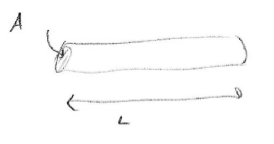Lecture 16
Readings
http://umdberg.pbworks.com/w/page/73085087/Quantifying%20electric%20current%20%282013%29
http://umdberg.pbworks.com/w/page/51327369/Resistive%20electric%20flow%3A%20Ohm%27s%20law
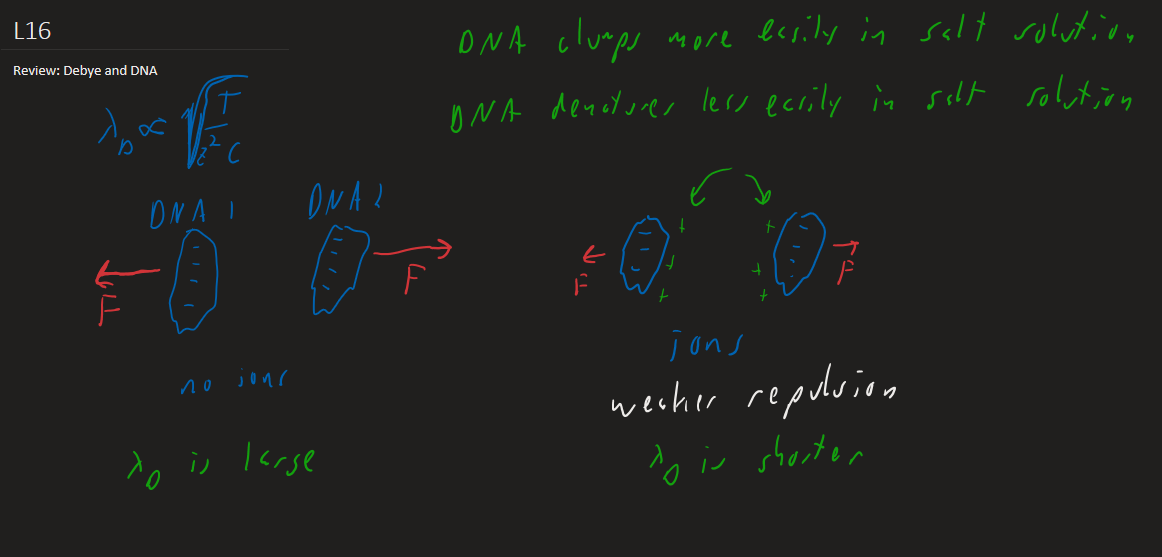
Electric Current
- Coulombs/sec = Amperes, or Amp, or A
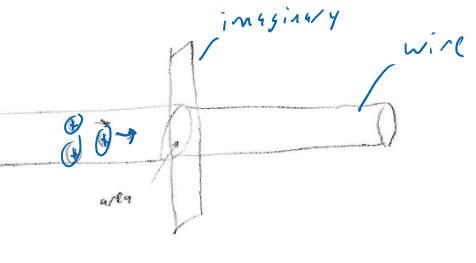
If 3
Imagine it's positive charge moving ( even though it's usually negative electrons moving )
- So positive current is defined as the direction of positive charge movement
- Even though it's really negative electrons moving the opposite direction
- For example, if negative charges are moving to the left, then positive current is to the right
Electrons are pushed along a wire by an electric field inside the wire
- not static
- current is flowing
They also feel a resistance to movement, kind of like viscosity
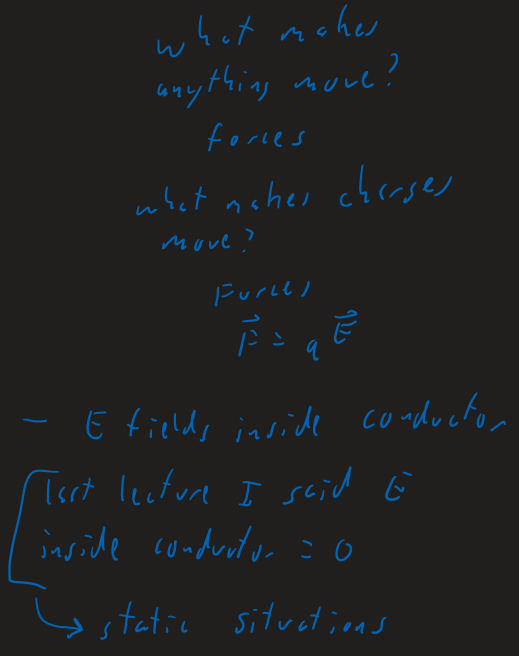
Long derivation, result is
- Symbol
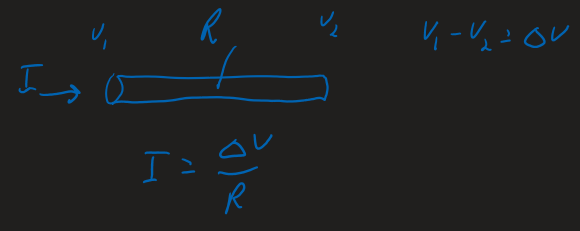
- Resistance depends on geometry of wire and wire material:
- Depends on material
- Depends on material
Important to remember:
